"A Monograph on the Sub-class Cirripedia (Volume 1 of 2)" by Charles Darwin, is a mid-19th century scientific writing centered around a group of crustaceans called barnacles. The writing looks closely at the classification and anatomy of different kinds of barnacles, adding to what was known about sea creatures at the time. Darwin starts by thanking different naturalists for their help gathering samples for his studies. He had only planned on describing a very strange lone barnacle, but, with a push from others, widened his work to include the whole group. Darwin points out how tricky it could be to classify barnacles because there were so many different kinds and so much going on inside. He also makes sure to acknowledge everyone that helped him and the many resources he had available to him, preparing his readers for the detailed exploration of barnacles in later chapters.

A Monograph on the Sub-class Cirripedia (Volume 1 of 2) The Lepadidae; Or, Pedunculated Cirripedes
By Charles Darwin
Embark on a 19th-century scientific adventure, where a curious naturalist painstakingly catalogs the diverse world of barnacles, revealing the hidden complexities of these often-overlooked sea creatures.
Summary
About the AuthorCharles Robert Darwin was an English naturalist, geologist, and biologist, widely known for his contributions to evolutionary biology. His proposition that all species of life have descended from a common ancestor is now generally accepted and considered a fundamental scientific concept. In a joint publication with Alfred Russel Wallace, he introduced his scientific theory that this branching pattern of evolution resulted from a process he called natural selection, in which the struggle for existence has a similar effect to the artificial selection involved in selective breeding. Darwin has been described as one of the most influential figures in human history and was honoured by burial in Westminster Abbey.
Charles Robert Darwin was an English naturalist, geologist, and biologist, widely known for his contributions to evolutionary biology. His proposition that all species of life have descended from a common ancestor is now generally accepted and considered a fundamental scientific concept. In a joint publication with Alfred Russel Wallace, he introduced his scientific theory that this branching pattern of evolution resulted from a process he called natural selection, in which the struggle for existence has a similar effect to the artificial selection involved in selective breeding. Darwin has been described as one of the most influential figures in human history and was honoured by burial in Westminster Abbey.


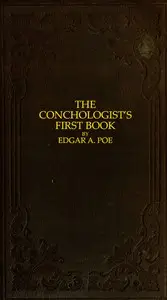
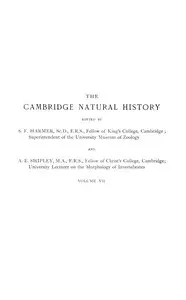


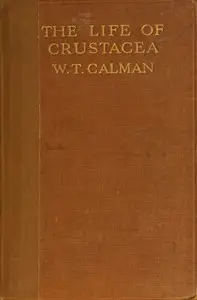
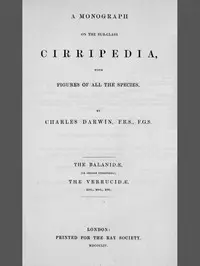





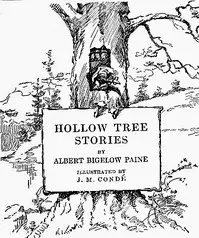

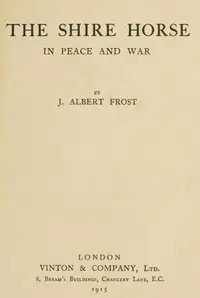

![Birds and Nature, Vol. 12 No. 2 [July 1902]
Illustrated by Color Photography by Various](https://cdn.a2-host.cloud/7_vVK-2AdS7inJLq_Gqf3uJGRmiQI-opbuFiPvJNtiU/rs:fill:215:325:0/g:ce/aHR0cHM6Ly9zcC1hc3NldHMuczMudXMtd2VzdC0wMDQuYmFja2JsYXplYjIuY29tL2Jvb2svNDc4ODIvQmlyZHNfYW5kX05hdHVyZV9Wb2xfMTJfTm9fMl9KdWx5XzE5MDJfSWxsdXN0cmF0ZWRfYnlfQ29sb3JfUGhvdG9ncmFwaHlfY292ZXIuanBn.webp)
